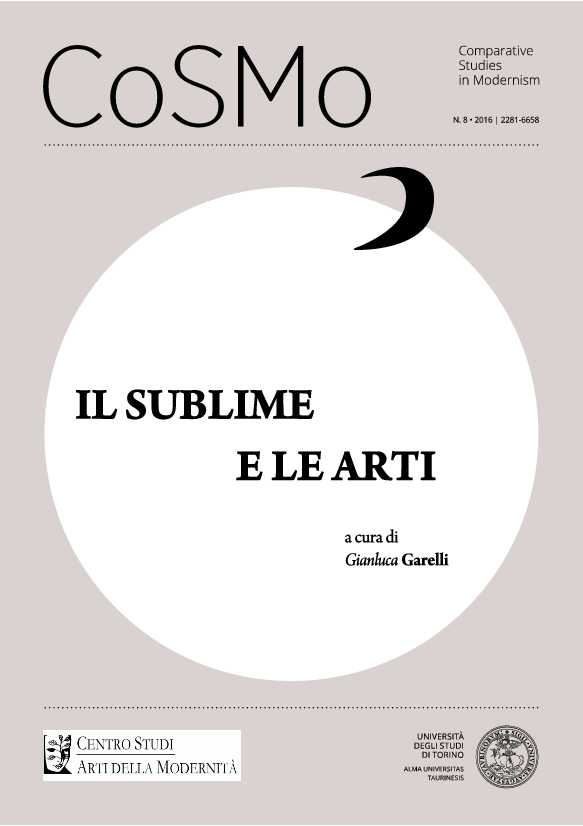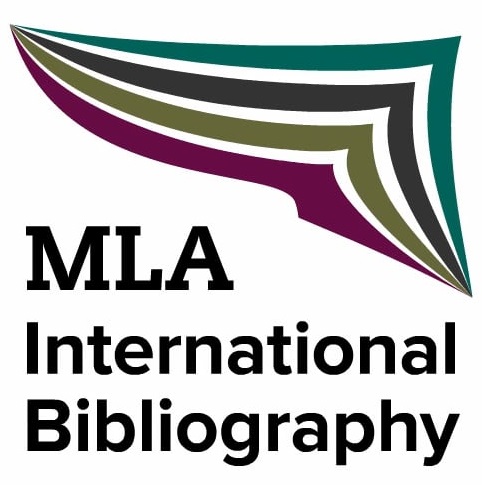Soggettività e natura. Tre forme del sublime romantico
DOI:
https://doi.org/10.13135/2281-6658/1367Abstract
This article outlines three different forms of the natural sublime as presented in three converging texts of the Romantic period: Coleridge’s Hymn before Sunrise in the Vale of Chamouni, Shelley’s Mont Blanc, and Wordsworth’s lines on the Simplon Pass in Book 6 of The Prelude. The three versions stress the experience of the sublime as an encounter between nature and the subject, but whereas in Coleridge’s hymn the vision of the “great mountain” is the occasion for the poet’s voice to celebrate nature as the symbol of Divinity, in Shelley’s poem nature appears divested of all religious connotation and the stance of he poet is ambiguous because, on one hand, he presents himself as the “interpreter” of nature’s “mysterious tongue” but, on the other, it is his voice that gives nature a language making sense of her “silence”. As for Wordsworth, this article departs from received critical opinion contending that the description of the Gondo Gorges does not represent the true Wordsworthian sublime – which is not a visionary experience but the feeling of a “deep interfusion” between nature and the subject – and should therefore be contrasted with Lines Composed a Few Miles above Tintern Abbey.Downloads
##submission.downloads##
Pubblicato
2016-06-16
Fascicolo
Sezione
Focus
Licenza
Gli autori mantengono i diritti sulla loro opera e cedono alla rivista il diritto di prima pubblicazione dell'opera, contemporaneamente licenziata sotto una Licenza Creative Commons - Attribuzione che permette ad altri di condividere l'opera indicando la paternità intellettuale e la prima pubblicazione su questa rivista.






